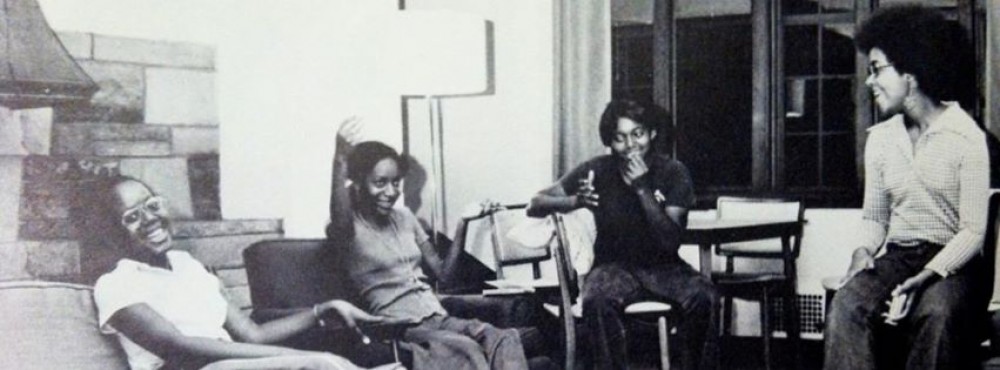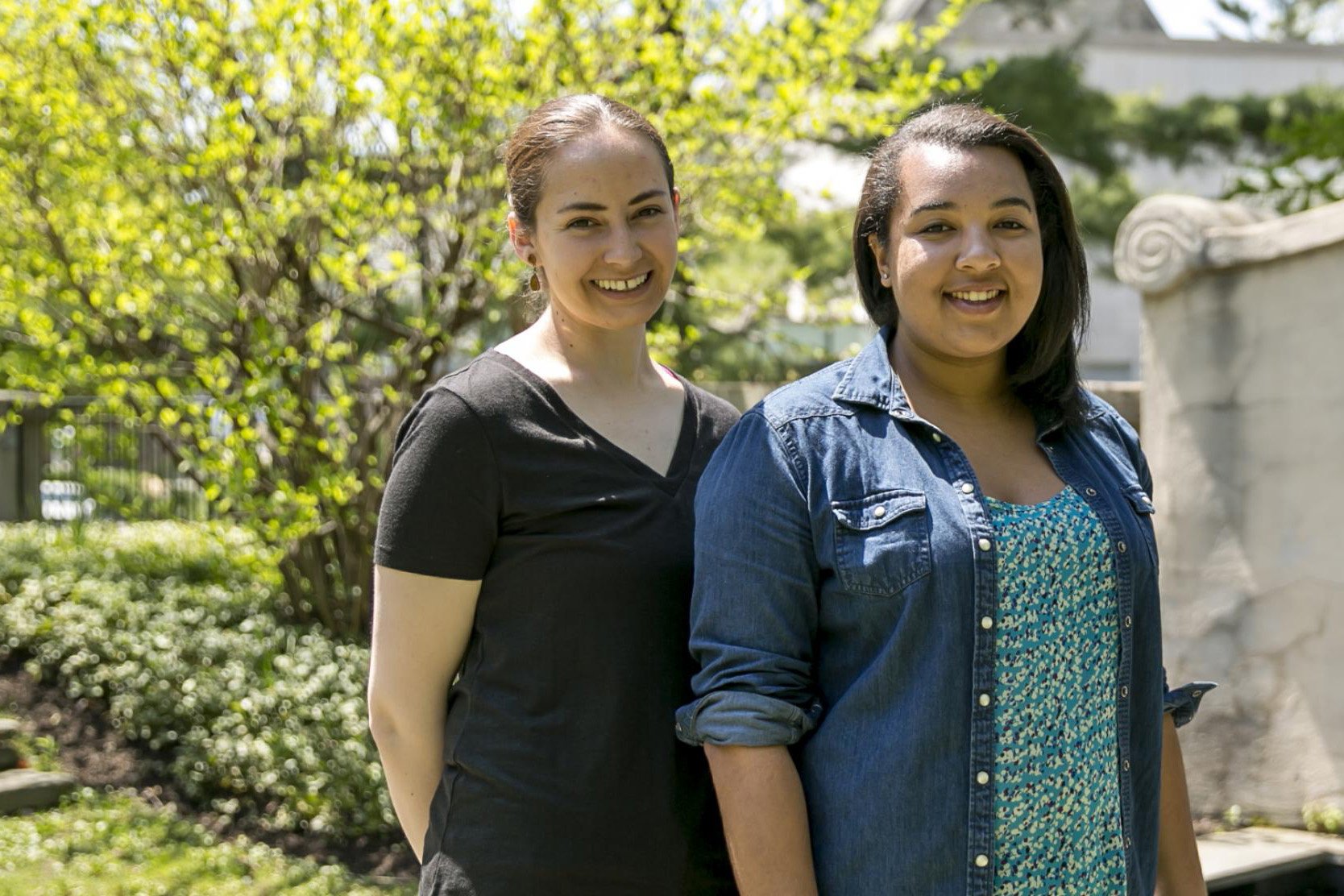By Helen Ehrlich, News Editor
Bryn Mawr College (BMC) has long been considered one of the most educationally rigorous and prestigious institutions for gender minorities, but during this 137-year history the college has also intentionally failed to serve racial and cultural minorities. The Black at Bryn Mawr Tour seeks to shed light on the treatment of Black students.
Black at Bryn Mawr first launched as a research project in 2015. This initiative was led by two senior Mawrters, Emma Kioko and Grace Pusey, who were completing a Praxis III Independent Study course. The project garnered national attention, granting Kioko and Pusey The National Council on Public History’s (NCPH) 2016 NCPH Student Project Award honorable mention.
The College began developing a tour in response to the research project, which now has a digital edition. The tour was influenced by the University of North Carolina at Chapel Hill’s Black & Blue Tour, which launched in 2001. The virtual and in-person BMC tours take students around points on campus that are crucial to Black history.
BMC currently offers the tour during special events on campus, including “during pre-arrival, THRIVE, New Faculty Orientation, Family Weekend, Community Day of Learning, Admitted Students Weekend, and Reunion Weekend.” BMC also provides the tours upon request, primarily for classes and departments that find it to be relevant to their field or the message they are trying to promote. Black at Bryn Mawr tours are student led, which means they require thorough training of current Mawrters. There are presently five student guides, meaning the school is unable to meet the great demand for tours.
The Black at Bryn Mawr program first expanded beyond research to tours. Now, it’s growing to include a new mentorship program for students of color. This initiative pairs staff and faculty with students, allowing them to focus on areas such as social, professional and general personal development.
The class of 2025 was the first group at BMC to have a mandatory Black at Bryn Mawr tour as part of their pre-arrival program. It was offered digitally and was required as a virtual component of the 2025 THRIVE programming before coming to campus. This was a result of the 2020 strike, which demanded diversity training. Members of the class of 2025 also participated in a separate series of diversity training seminars, in addition to a Black at Bryn Mawr tour.
Tours delve into areas of the college’s history that had previously been excluded from public knowledge: Tunnels in Old Library served as a way for BMC to have Black staff work at Bryn Mawr without being seen, Joseph Taylor wanted the chapel built in order to repel the admission of Jewish students, the history of the Enid Cook center and M. Carrey Thomas directly blocked the admission of Black, brown and Jewish students and professors.
The dark and racist periods of Bryn Mawr’s history are not things that can be overlooked and tucked away. These elements continue to impact campus today, in both artifacts and the campus culture. For Black students at Bryn Mawr, racism is not just part of BMC’s history, but an aspect of their lived experience at a school where they comprise 5.92% of the population (2019). Bryn Mawr must continue to address this past so that it may improve the present.



